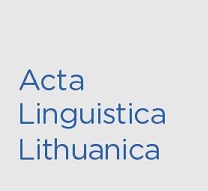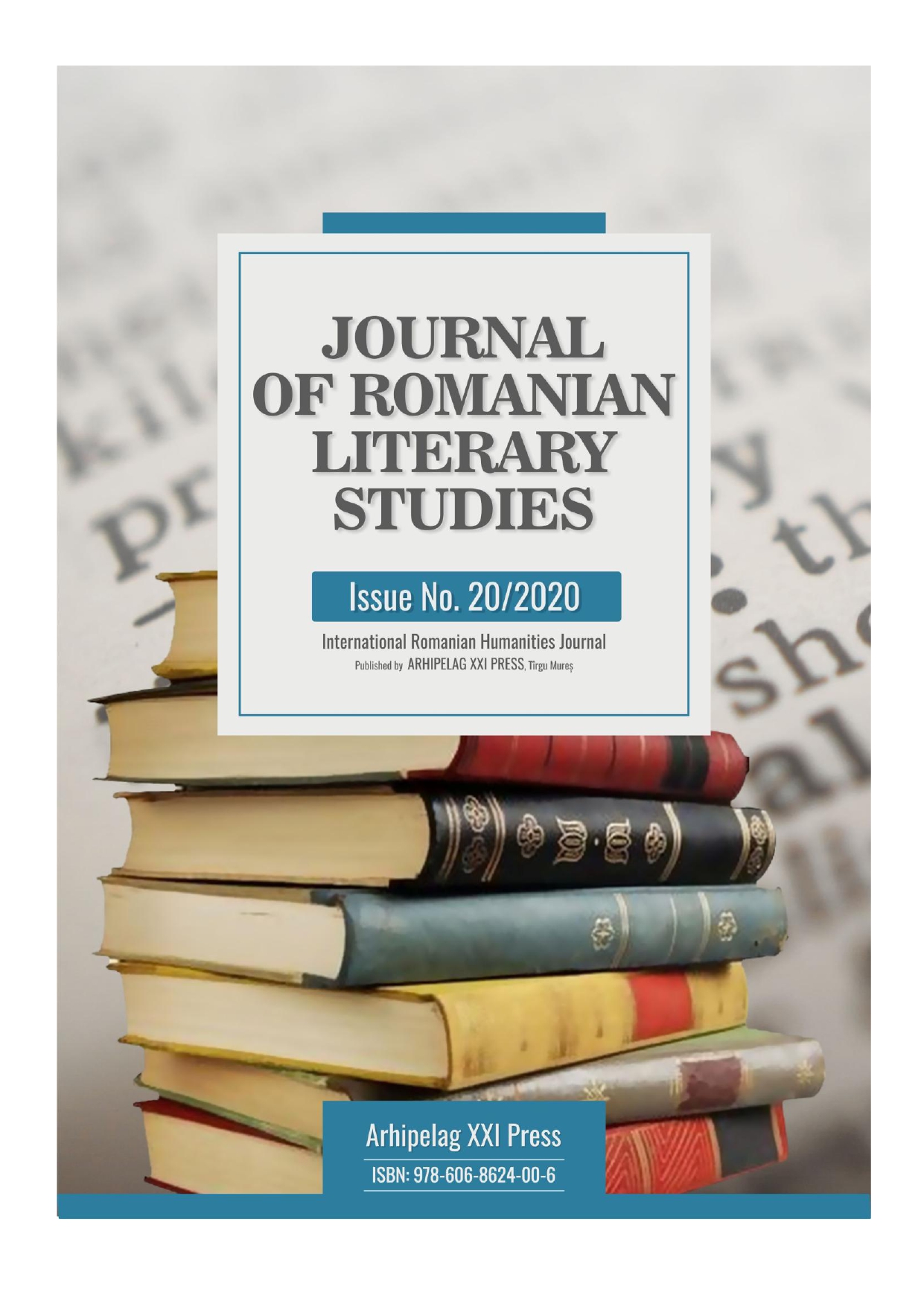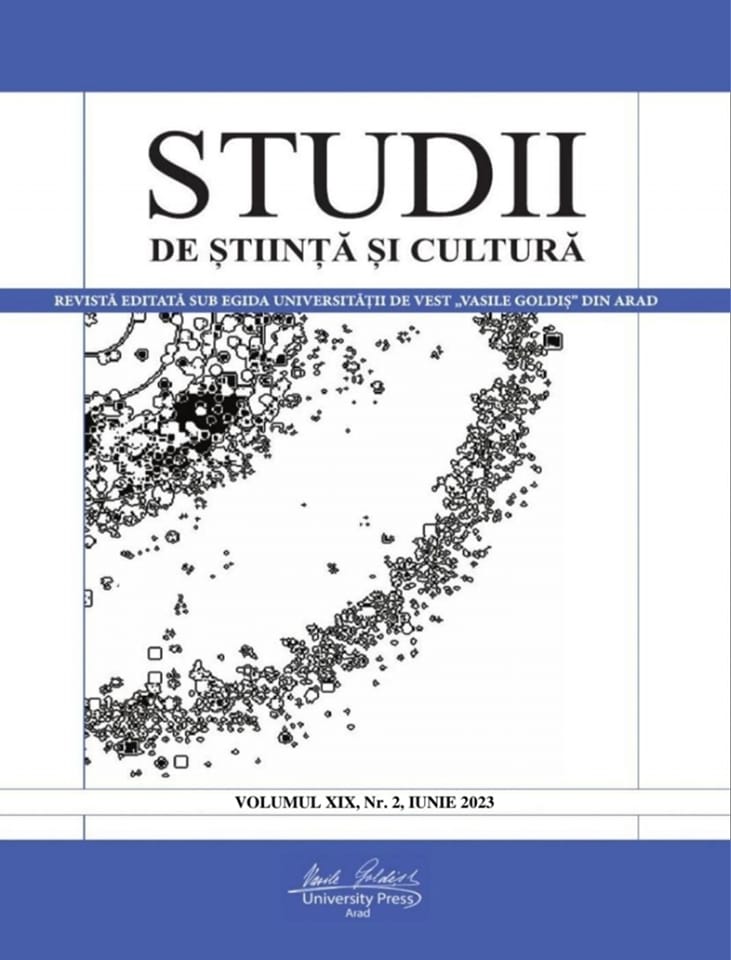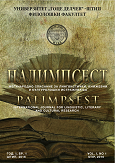
KONSTRUKCIJOS TAI YRA /TO JEST SEMANTIKA RELIGINIAME TEKSTE (REMIANTIS KONSTANTINO SIRV YDO PUNKTAIS SAKYMŲ(1629, 1644))
The article addresses the constructions tai yra/to jest in the text of the sermons by Konstantinas Sirvydas. In the contemporary research of syntactic semantics, these units are termed ‘conclusive components’ and are attributed to the group denoting equivalence. Meanwhile, their semantic representation is expressed by the scheme TR1 tai yra R2 (TR1 that is R2). In the scheme, R1 and R2 are linked by the relation of open equivalence based on the correctness of the statement, whereas R2 may express a conclusion, generalization, clarification. The metatextual fragments used in a religious text, which are inserted by means of the phrase tai yra, have much in common with lexical parallelisms. However, they stand out by their greater vividness and richness of the content and play an important stylistic function. The metatextual inserts starting with the construction tai yra are rather widespread in Sirvydas’ Postil (circa 1,000 cases). It can therefore be assumed that it is a characteristic feature of Sirvydas’ baroque style. They recur in a single sentence or in a longer passage composed of several compound sentences. Their functions are varied: a) information restoration, auxiliary; b) explanatory; c) rhetorical. The text by Sirvydas is dominated by the allegorical interpretation of concepts and phenomena. To achieve vividness, the author skillfully combines a word and an image, whereas metatextual inserts add transparency and become a powerful stylistic device in the process of educating the believers and shaping their moral values.
More...


